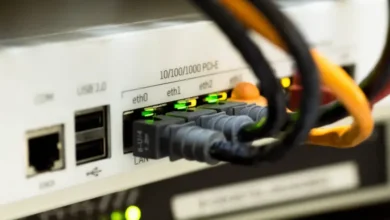What is GIS data? Complete guide 2022

GIS stands for a geographic information system. Theoretically, GIS Data is the intersection of data and information with a location. As an applied concept, GIS is software that captures, analyzes, and displays geographic data. It is used in everyday life across a range of industries.
Geographic information systems (GIS) capture, store, check, and display information relating to positions on the Earth’s surface. GIS can display numerous data on the map, including streets, buildings, and vegetation. This makes it easy for people to see, analyze, and understand patterns and relationships.
How does GIS Data work?
Picture a simple street map.
A simple street map contains the name of every street, its geographical location, and its intersection with other routes. Now you need to find a specific building. That’s very simple. Add homes and businesses on the two sides of each type of street.
But what lies beneath the structures? Add underground utilities – such as gas lines and sewage pipes. Above? Power lines and telecommunications cables. Suddenly, your simple graph is considerably more complicated. Add another variable, such as vegetation data, and your graph becomes useless.
GIS maps let you display location-based data in layers.
All the things you added to your map, such as buildings, underground utilities, powerlines, and vegetation, can be added as layers of location data. The problem is that two-dimensional paper maps can only show a finite quantity of data sets before becoming cluttered and ineffective.
Data management with GIS
From spreadsheets to photographs, satellite imagery to project tasks — GIS is an excellent tool for organizing, analyzing, and sharing data about a location.
GIS can be used to handle any data:
Satellite images aerial
Topographic maps
Satellite footage
Remote sensor data
Spreadsheet images
Blueprints and plans.
What can you do with GIS Data?
Nearly all mapmaking can be carried out with the help of GIS software. GIS acquired its start as a result of the need for more easily understandable maps in the event of a great deal of complex data. GIS and mapping are so essential to one another it’s practically impossible to detach one from the other.
Point back to the first map in the prior section: The one with the roads, buildings, utilities, power lines, and vegetation. With GIS, you can visualize all this data in one location on a world map. Create a digital layer for each dataset and lay them over the original map.
Conclusion
GIS data is a powerful tool that can help individuals and organizations to make informed decisions. By understanding the basics of GIS and its capabilities, users can unlock the potential of this fantastic technology. With a combination of spatial analysis and data management, GIS can be used to create insightful visualizations that provide valuable insights into any problem or question. Furthermore, advances in GIS software make it easier to process and analyze large datasets.




